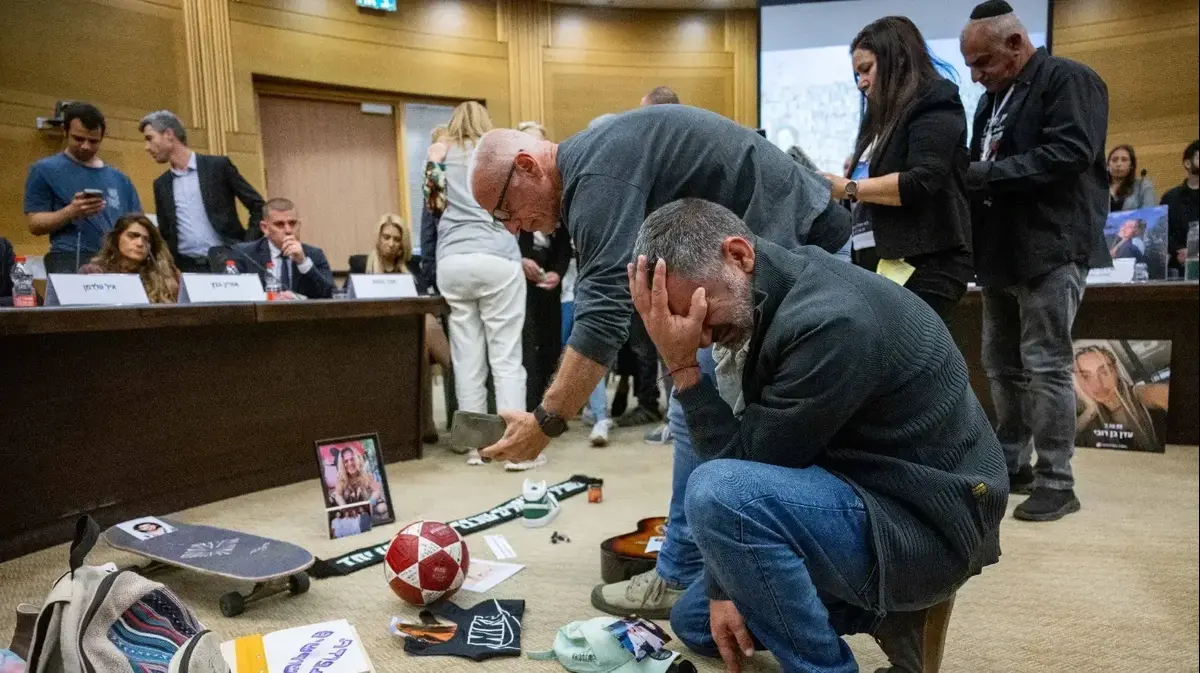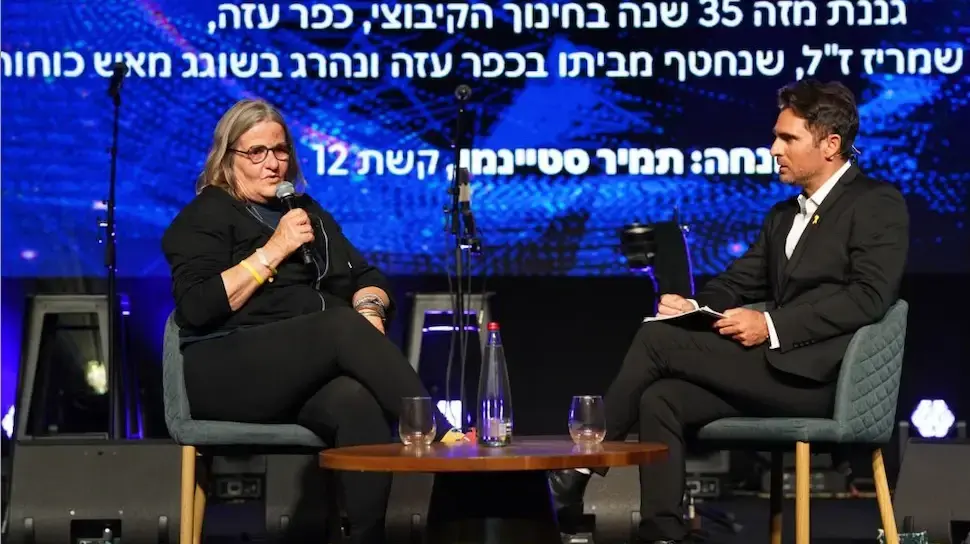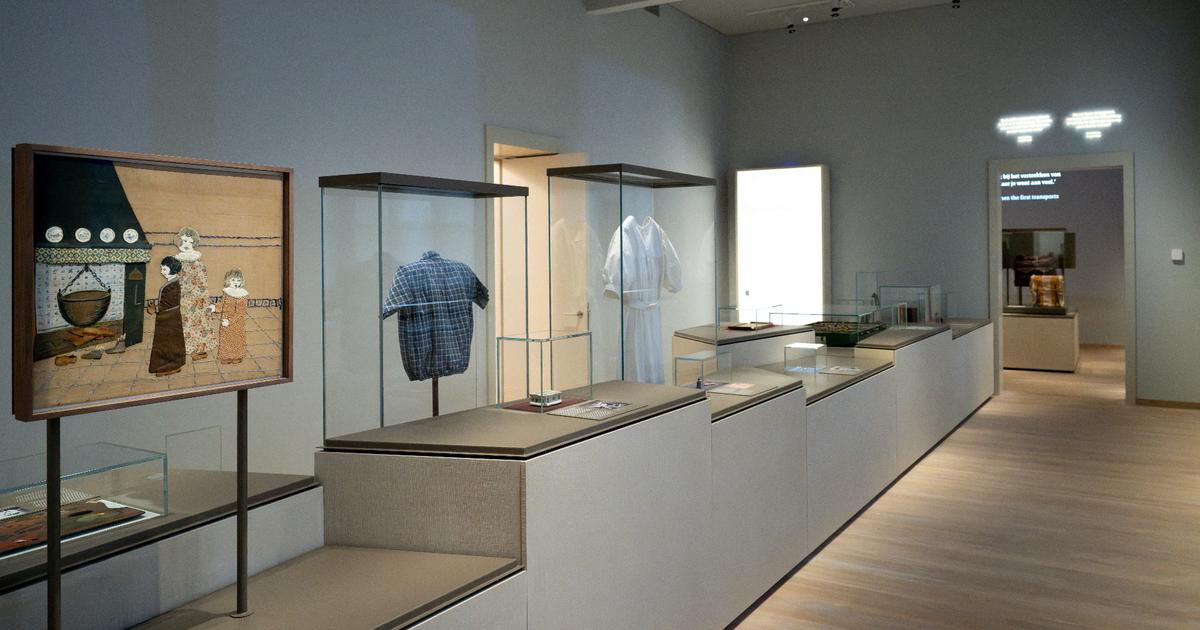news
News in Israel
Events in Israel
78 years since the closure of Sobibor: Identification tags of children murdered in the camp were found
The tags were found during archeological excavations carried out at the extermination camp, by an international team of archaeologists.
According to estimates, the metal pendants worn by the children were given to them by their parents who "wanted to make sure that their loved ones could be traced in the chaos of World War II."
Tags
Sobibor
The Holocaust
Archeology
Israel Antiquities Authority
Eli Ashkenazi
Tuesday, 26 January 2021, 15:37
Share on Facebook
Share on WhatsApp
Share on general
Share on general
Share on Twitter
Share on Email
0 comments
The tag of his name was found in archeological excavations.
Dedi Zack with a relative (Photo: official website, joodsmonument)
78 years after the Sobibor extermination camp in Poland ceased to operate, the personal identification tags of four children sent to the camp were found during archeological excavations at the site.
The tags, which archaeologists estimate were given to children by their parents, are metal pendants worn around their necks while in camp.
Each tag bore the name of the child, the date of birth and the name of the city from which he came.
The names of the children whose tags were found are Leah Yehudit Delphania, Dedi Zack, Annie Caper, and the boy David Yehuda.
The four arrived at the extermination camp in Amsterdam, the Netherlands.
"The children's metal tags allowed us to connect a face and story to names, which to this day have been an anonymous line in Nazi records. The archeological excavation gives us an opportunity to tell the victims' story and honor their memory," said Yoram Chaimi, an archaeologist from the Antiquities Authority.
More on Walla!
NEWS
Tomorrow marks International Holocaust Remembrance Day: fewer than 179,600 Holocaust survivors survived in Israel
To the full article
More on Walla!
NEWS
"For the first time in my life, my teeth were checked": Behind the children's homes in Europe after the Holocaust
On the eve of International Holocaust Remembrance Day: 15,000 survivors died last year, 900 from Corona
Suffering from flatulence?
Free demo for an innovative Israeli development that will prevent pain
"An opportunity to tell the story of the victims and honor their memory."
Annie Caper's ID Tag (Photo: Official Website, Yoram Chaimi)
Leah de la Pena's identification tag (Photo: official website, Yoram Chaimi)
The archaeological excavation, which is being prepared for the construction of a new visitor center in the camp, is being conducted together with the living archaeologists Vitek, thrown from Poland and an extruded organ from the Netherlands, with the help of local residents.
"As far as we know, pendants with children's names were found only in the Sobibor camp, and are not known from any other site. It is interesting to see that the labels are different from each other, so it does not seem to be an orderly initiative, but private initiatives of parents who prepared an identification label." Chaimi.
"It is likely that the parents wanted to make sure that their loved ones could be traced in the chaos of World War II," he added.
In order to obtain details about the children, the researchers contacted the Westerbork Center, which during the Holocaust served as a concentration camp for Jews deported from the Netherlands to Eastern Europe, and today serves as a visitor and memorial center.
"Were sent here to die alone."
David Yehuda's identification tag (Photo: official website, Yoram Chaimi)
The identification tag of Dedi Zack (Photo: official website, Yoram Chaimi)
"I've been digging in Sobibor for ten years, and it was my hardest day," Chaimy described.
"We stood with the disks in the field, near the crematoria, called the center, and gave them the names. The response was immediate. We received pictures of soft and smiling children on the phone. It was hard to hear that one of the children whose tag we held in his hand arrived at Sobibor by 8-year-old. ", Who were sent here to die alone. I looked at the pictures and asked myself - how could anyone be so cruel?".
Share on Facebook
Share on WhatsApp
Share on general
Share on general
Share on Twitter
Share on Email
0 comments


/cloudfront-eu-central-1.images.arcpublishing.com/prisa/OFIE3IOCHJH4RI645WWWIXYPFM.jpg)






